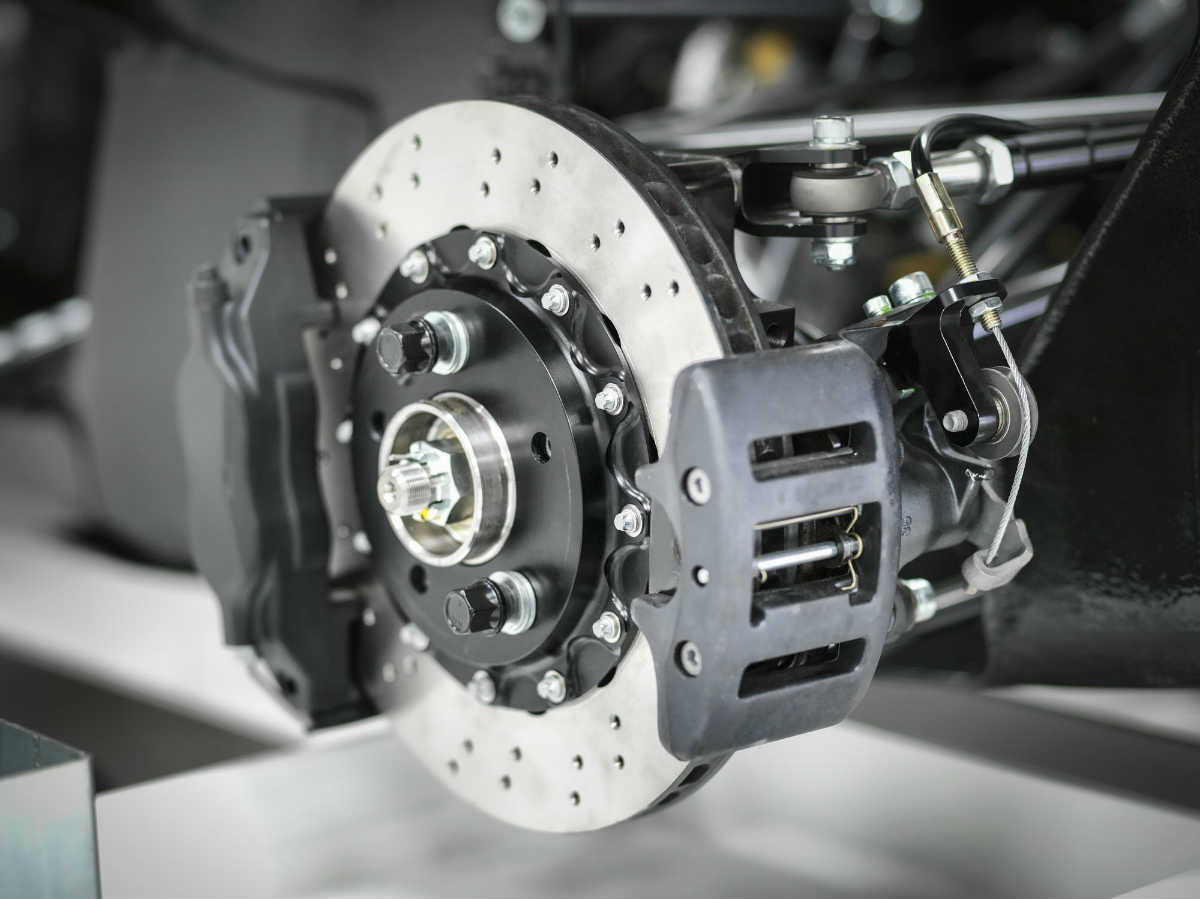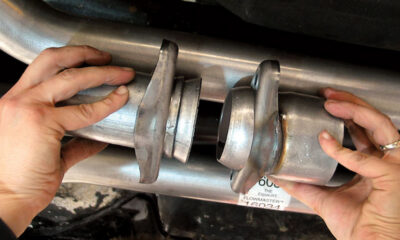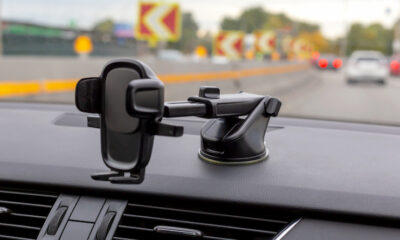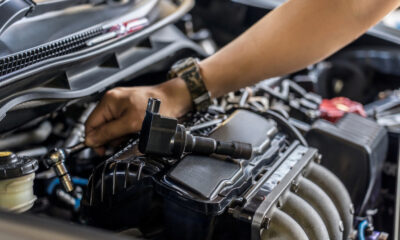Automotive
Things to Consider When Buying Replacement Brake Pads for Your Civic
Sooner or later, you’re going to have to look into replacing some parts of your Honda Civic that have worn down. One such part that’s essential to your safety are your ride’s brakes, more specifically, brake pads. Luckily, there are plenty of options when it comes to finding a replacement or upgrading brake pads, so finding a suitable replacement Honda Civic brake pad should be relatively simple and inexpensive. But in order to get the best brake pads for your vehicle, you first need to make a couple of decisions.
Rivet or Bonded Friction Material?
All brake pads come with a friction material that’s attached to a metal backing plate. There are two methods used to attach the friction material – riveting and bonding. The bonding method is superior in terms of longevity, as when the friction material wears down, the rivets will make contact with the brake drums or rotors and squeal when they’re almost worn out. By the time you notice these sounds, you’ll have to replace the brakes anyway. Bonded brakes, however, will wear down the metal backing plate, which will ruin the drums or rotors if they aren’t replaced in time when the metal to metal grinding sound is noticed.
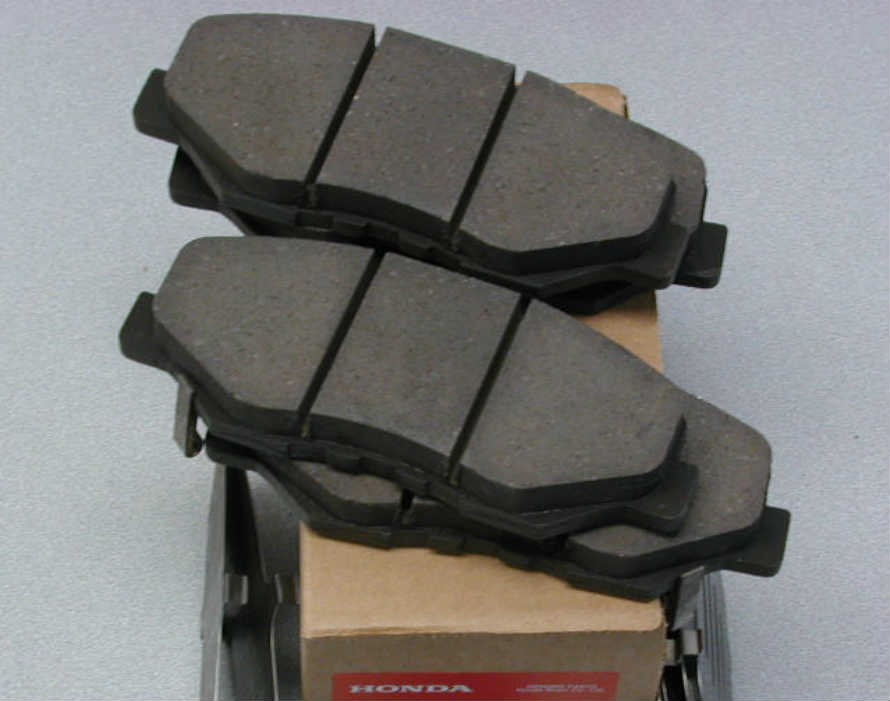
Organic, Semi-Metallic, Metallic or Ceramic Brake Pads?
Before choosing a Honda Civic brake pad material, you should consider the advantages and disadvantages of each. Organic brake pads are easier on the other brake components, but they don’t have as much stopping power when hauling a trailer or travelling downhill routes. Additionally, they lose some of their braking capacity when exposed to moisture. Semi-metallic brake pads consist of soft metal composite that’s embedded into the friction material to enhance braking. The downside to these brake pads is that they wear down the drums or rotors quicker than organic brake pads. Fully metallic brake pads are a step up from semi-metallic brake pads in terms of stopping power, but they wear the drums and rotors even faster. And lastly, ceramic brake pads are the best out of all options – they offer the most stopping power, tolerate high temperatures with little-to-no fading or loss of stopping power when exposed to moisture.
Disc Brakes or Drum Brakes?
Disc brakes are found in the front part of the car, so they handle more stress than the drum brakes that are found on the rear of the car. That being said, they need to be of higher quality. Disc brakes were developed by aircraft and race car engineers who wanted to find the best way of slowing down vehicles without burning up the brake shoes. They were then introduced to commercial vehicles in the front axles to reduce the wear and tear. The rear axle doesn’t experience as much force when braking, and due to the fact that brake drums are easier and cheaper to make, they’re commonly found on the rear of most passenger vehicles. But performance vehicles and heavy-duty trucks have brakes on both axles for their superior braking capacity. Disc brakes are better at handling heat, which is important because braking systems can develop fading from water and heat, and disc brakes are better at recovering from these problems much quicker than their drum counterparts.
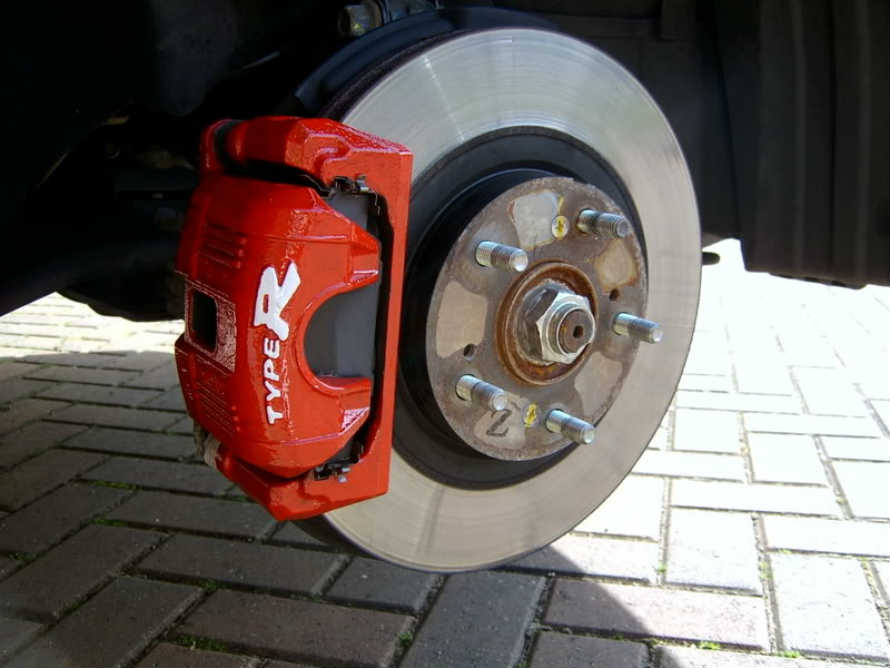
Your Driving Habits and Requirements
Before you decide on what type of brake pads are best for your Honda Civic, you have to determine your braking needs. In order to do so, consider how warm is the climate you live in, how mountainous your driving is, how tolerant you are to brakes that may squeal a bit, what your traffic patterns are, as well as whether you’ll be coming across deep puddles in the rainy season and whether you’re hauling a trailer. If your driving isn’t anything out of the ordinary, semi-metallic brake pads are probably the best solution for you, since they offer great stopping power while being reasonably priced. In fact, most modern vehicles come with semi-metallic pads. This means that the brake rotors are also made of tougher materials that can tolerate semi-metallic pads just fine. However, if you’re frequently using your Honda Civic for more heavy-duty applications, like pulling trailers up mountainous areas, you should probably consider ceramic or fully metallic brake pads.
Check Your Entire Brake System When Replacing Pads
It’s always a good idea to consider the whole brake system when you’re performing any type of repair or upgrade on it. The brake pads are as effective as the quality of the rotors they’re attached to, and the cylinders that move them in and out to ensure they function. Flush your old brake fluid from the hydraulic system if your Honda Civic is older than 8 years in order to keep its moisture levels low and to ensure the brakes are operating at peak efficiency.


